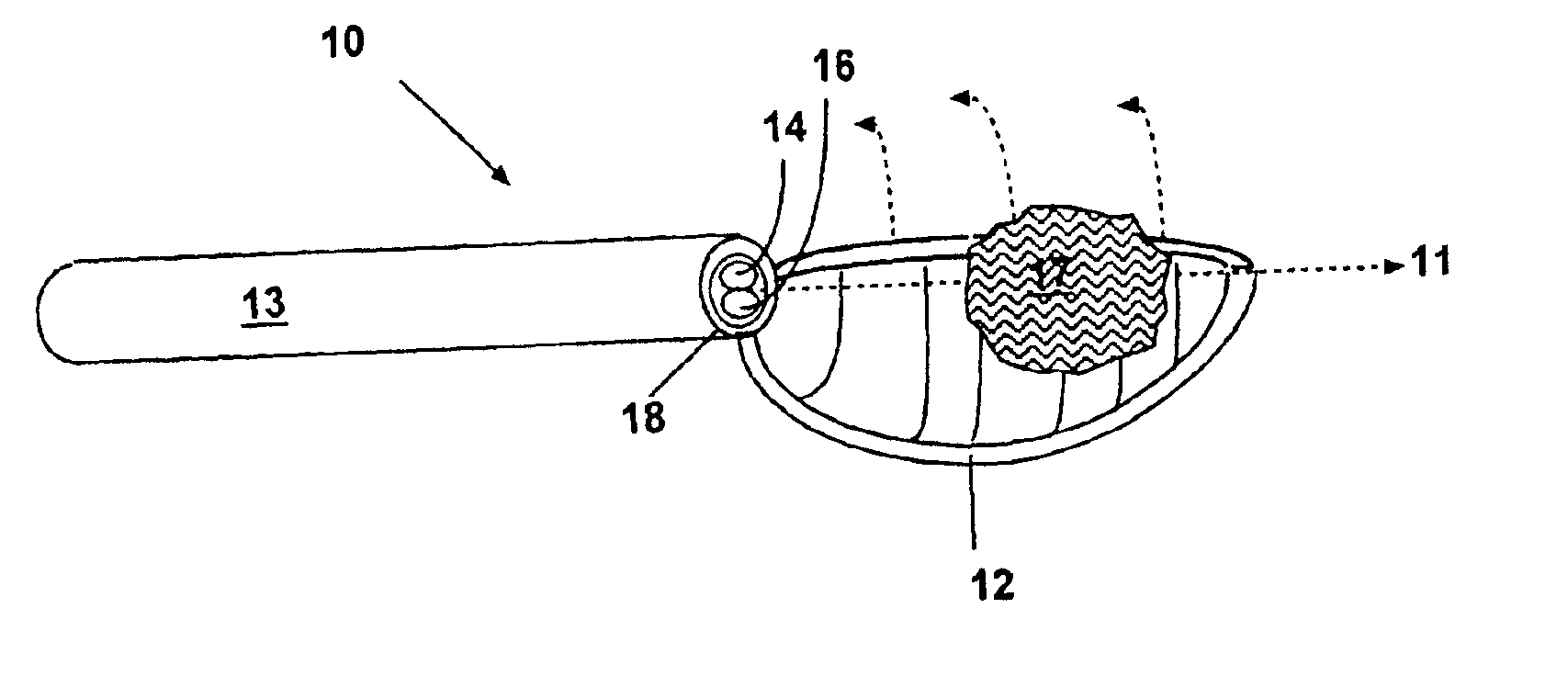Methods and devices for the in situ dissolution of renal calculi
a technology of renal calculi and in situ dissolution, which is applied in the field of nephrolithiasis, can solve the problems of significant health problems, ineffective chemolytic procedures, and long treatment protocol, and achieve the effect of reducing the mass of renal calculi
- Summary
- Abstract
- Description
- Claims
- Application Information
AI Technical Summary
Benefits of technology
Problems solved by technology
Method used
Image
Examples
Embodiment Construction
Methods and devices are provided for use in at least reducing the mass of renal calculi in situ. In the subject methods, renal calculi are contacted, usually flushed, with an acidic dissolution solution of a strong, inorganic acid. In certain embodiments, the renal calculi are enclosed in an isolated local environment using a dissolution device, and the local environment is flushed with the solution. Also provided by the subject invention are novel dissolution devices for practicing the subject methods. The subject invention finds use in a variety of applications, including the treatment of disease conditions characterized by the presence of renal calculi, e.g. nephrolithiasis.
Before the subject invention is described further, it is to be understood that the invention is not limited to the particular embodiments of the invention described below, as variations of the particular embodiments may be made and still fall within the scope of the appended claims. It is also to be understood...
PUM
 Login to View More
Login to View More Abstract
Description
Claims
Application Information
 Login to View More
Login to View More - R&D
- Intellectual Property
- Life Sciences
- Materials
- Tech Scout
- Unparalleled Data Quality
- Higher Quality Content
- 60% Fewer Hallucinations
Browse by: Latest US Patents, China's latest patents, Technical Efficacy Thesaurus, Application Domain, Technology Topic, Popular Technical Reports.
© 2025 PatSnap. All rights reserved.Legal|Privacy policy|Modern Slavery Act Transparency Statement|Sitemap|About US| Contact US: help@patsnap.com



